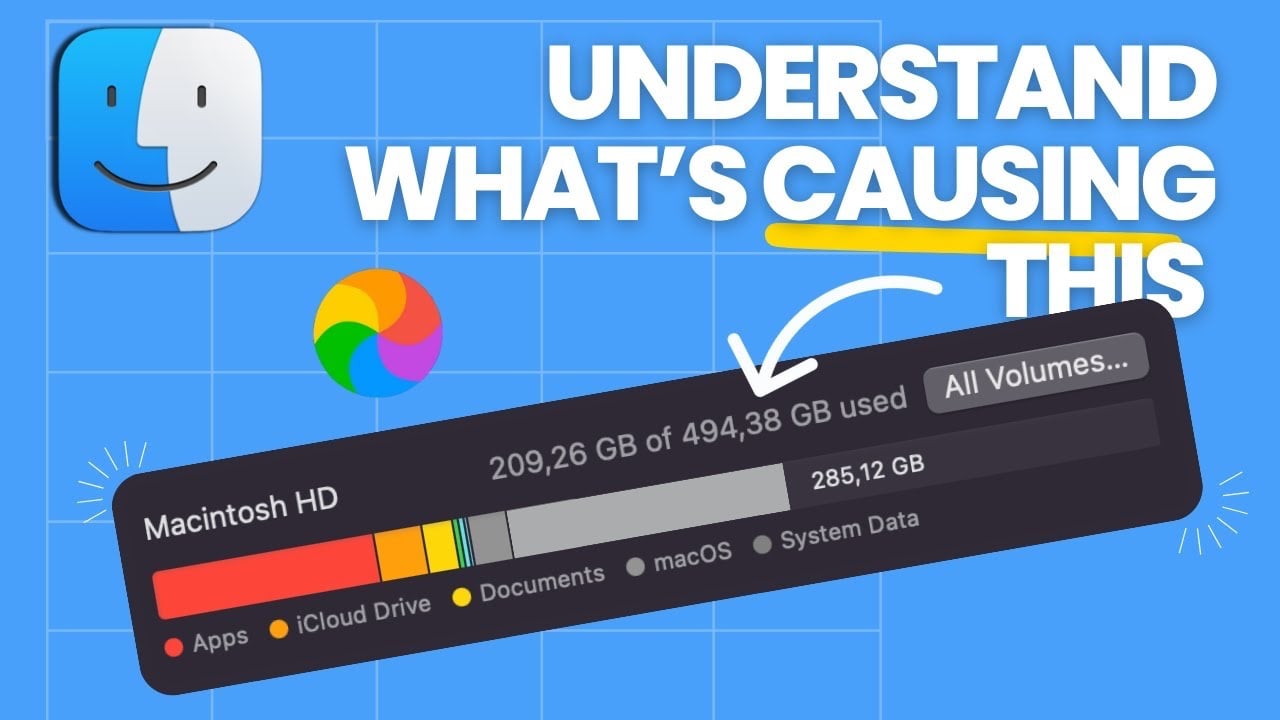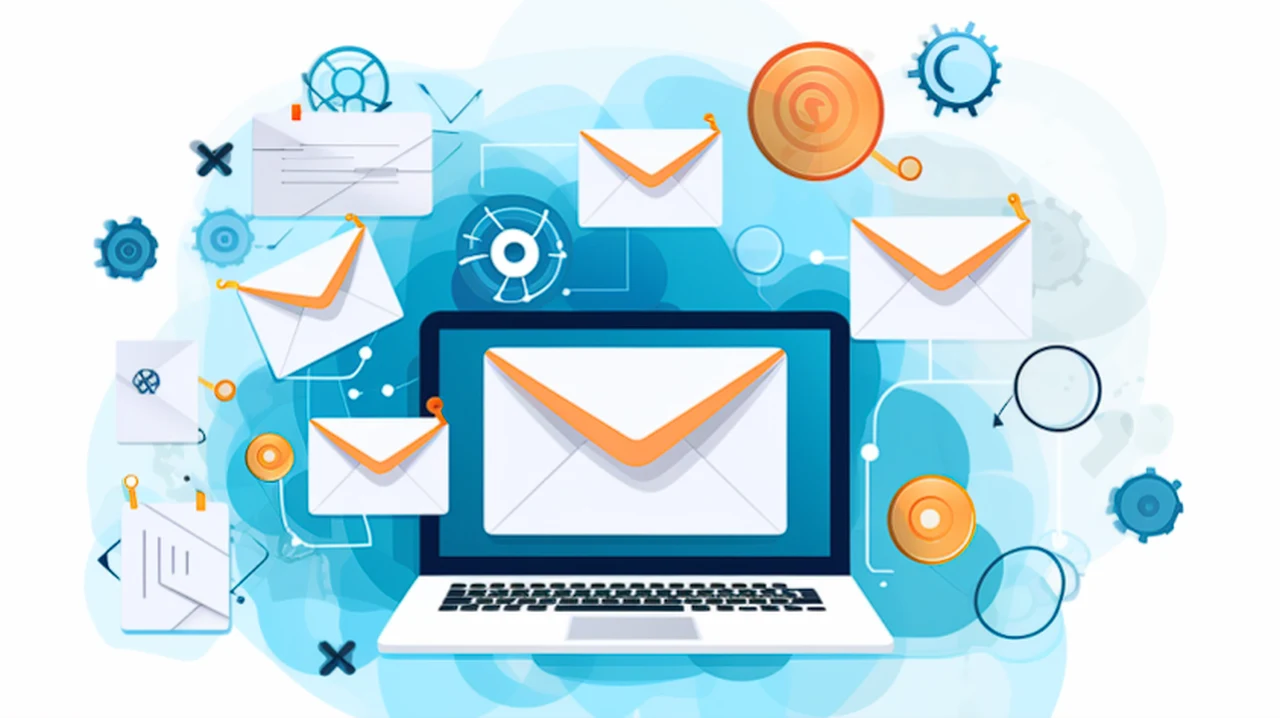
Navigating the world of finances can be a daunting task, but with the right tools at your fingertips, you can take control of your budgeting with ease. In this day and age, Android apps have become a cornerstone in managing personal finances. Here’s a look at ten apps that can help streamline your financial planning, making the process not only manageable but also quite rewarding.
10 Android apps to help you budget
1. YNAB (You Need A Budget)
YNAB sets itself apart as a comprehensive financial management solution. It transcends the typical budgeting app by offering a suite of tools that serve as a personal financial planner. With YNAB, users can meticulously organize their bills, diligently track their net worth, and strategically plan for debt repayment. This holistic approach empowers users to achieve their financial goals efficiently. Moreover, its user-friendly interface simplifies financial planning, making it less daunting, especially during high-spending periods like the holiday season. YNAB ensures that you can financially support both your loved ones and yourself, transforming financial management from a stressful task to a more manageable and rewarding experience.
2. Cleo
Cleo revolutionizes the way you interact with your financial information. By harnessing the power of AI, it provides a conversational interface that makes understanding finances more accessible and less intimidating. Users can ask Cleo any question about their spending habits or budgeting concerns, and receive clear, concise feedback. This AI-powered chat interface is not just about tracking expenses; it’s about gaining valuable insights into your financial health. Cleo’s ability to offer personalized advice and track expenses ensures that users stay well-informed about their financial status, making it an indispensable tool for anyone looking to take control of their financial life.
3. NerdWallet
NerdWallet is a holistic finance app that offers a broad spectrum of financial management tools. It’s designed for those who seek a comprehensive overview of their financial health. NerdWallet goes beyond just tracking monthly expenses; it dives deep into providing valuable insights into factors that affect your credit score and overall net worth. This app stands out as a reliable resource for smart financial decision-making. By aggregating and analyzing data from various accounts, NerdWallet equips users with the knowledge and tools needed to make informed financial decisions, ensuring they stay ahead in their financial journey.
4. Goodbudget
Goodbudget, formerly known as EEBA (Easy Envelope Budget Aid), is an app designed for versatile budgeting needs. Its primary feature is its ability to synchronize expenses across multiple devices, making it a robust tool for individuals and families alike. Whether you’re tracking holiday gift purchases or managing monthly utility bills, Goodbudget ensures that all your spending is tracked seamlessly. The app’s real-time syncing feature means that whether you are budgeting alone or with a partner, your financial information is always up-to-date, fostering transparency and alignment in financial goals. This level of detail and accessibility makes Goodbudget an excellent choice for those who appreciate the value of keeping a close eye on their finances.
5. Honeydue
Honeydue is uniquely tailored for couples, making it a standout app for managing shared finances. It facilitates financial collaboration by allowing both partners to track bills, monitor bank balances, and understand each other’s spending habits and goals. This approach to budgeting is particularly beneficial for couples who want to harmonize their financial paths, ensuring that both parties are equally informed and engaged in their financial journey. Honeydue’s user-friendly interface and comprehensive tools make it an essential app for couples who are committed to building a strong financial foundation together.
Here are some other articles you may find of interest on the subject of mobile applications :
6. PocketGuard
PocketGuard simplifies the complex task of financial management by providing users with a clear and concise overview of their finances. The app excels in analyzing various accounts, identifying recurring subscriptions, and other expenditures. It goes a step further by generating detailed reports that offer insights into your financial habits. This feature helps in making informed budgeting decisions, ensuring that you are always aware of where your money is going. The ease of use and comprehensive analysis provided by PocketGuard make it an invaluable tool for anyone looking to take control of their financial situation with minimal effort.
7. RocketMoney
RocketMoney, previously known as Truebill, is a robust app focused on subscription management. It effectively consolidates all your recurring payments, giving you a comprehensive view of your active subscriptions, including those easy-to-miss or forgotten ones. The app’s ability to identify and manage these subscriptions makes it an excellent tool for uncovering hidden savings. By highlighting and potentially eliminating unnecessary recurring charges, RocketMoney aids in freeing up financial resources, which can be redirected towards more significant expenses or savings goals, such as holiday gifts or emergency funds.
8. Wallet: Budget Expense Tracker
Wallet is an app designed to cater to the intricacies of financial planning. It stands out with its ability to automatically synchronize transactions with your bank account, keeping your financial data current and accurate. In addition to tracking bills, Wallet offers weekly spending reports that provide deep insights into your financial habits. Its flexibility in budgeting is especially valuable during times of fluctuating expenses, such as the holiday season. This feature ensures that you can adapt your budget to changing financial conditions, making it a reliable tool for those who need both structure and flexibility in their financial planning.
9. Productive – Habit Tracker
Productive – Habit Tracker is an app that goes beyond the realm of financial management, focusing on the broader aspect of personal organization and habit formation. It assists users in establishing and maintaining routines, setting reminders, and customizing tasks to fit their daily schedules. This app adopts a holistic approach to productivity, emphasizing the importance of structured habits for effective time and financial management. By helping users streamline their day-to-day activities, Productive ensures that time management is as efficient as financial management, contributing to overall personal productivity and well-being.
10. Calm
Calm addresses the often-overlooked aspect of financial management: the stress and anxiety it can induce. Especially relevant during high-pressure periods like the holidays, Calm offers a sanctuary with features like Sleep Stories, guided meditations, and soothing soundscapes. These tools are designed to help users manage stress, promote relaxation, and prioritize mental health. By incorporating practices that foster calmness and mindfulness, Calm provides a much-needed balance to the sometimes taxing world of financial planning, proving that maintaining mental well-being is as crucial as managing finances.
Managing your finances doesn’t have to be a herculean task. With these ten Android apps, you’re equipped to tackle your budgeting challenges head-on, transforming what was once a chore into an engaging and rewarding experience. Remember, the right tool can make all the difference in your financial journey.
Filed Under: Guides, Top News
Latest timeswonderful Deals
Disclosure: Some of our articles include affiliate links. If you buy something through one of these links, timeswonderful may earn an affiliate commission. Learn about our Disclosure Policy.

















